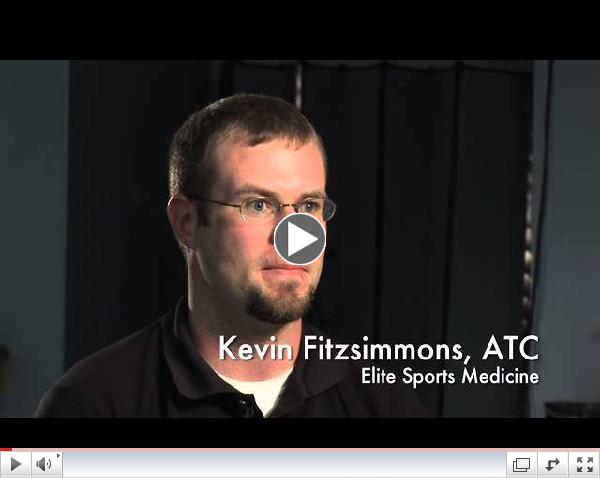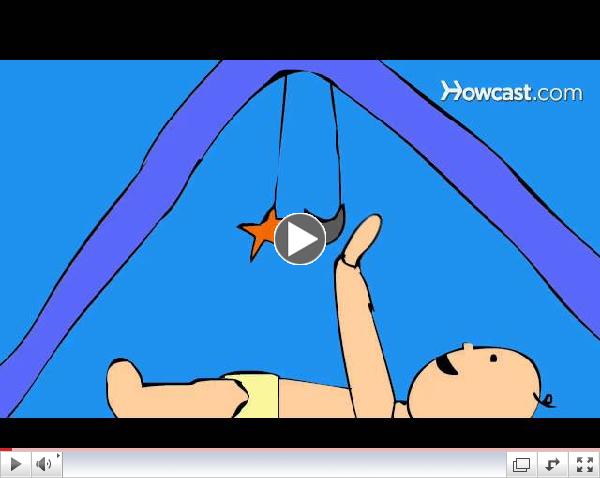Early & frequent development of ocular hypertension in children with nephrotic syndrome.
| |
"The pressure within the eye is maintained by the balance between the fluid that enters the eye (through the ciliary body) and the fluid that exits the eye through the trabecular meshwork."
Elevated intraocular pressure, an important risk factor for glaucoma, and one of the side-effects of prednisone (a first line treatment for nephrotic syndrome) is always a significant risk.
A retrospective study of 26 children with first episode nephrotic syndrome treated with prednisone who had their intraocular pressure measured before, and one and four weeks after the onset of treatment, indicates that 30.8% require eye drop treatment for early development of raised intraocular pressure. With nephrotic syndrome relapse these children are at a greater risk for recurrence.
Pediatric Nephrology
|
|
Red blood cell transfusion in premature infants & necrotizing enterocolitis (NEC).
| |
A retrospective study of 414 very low birth weight (VLBW: <1500gms) infants who received 2889 red blood transfusions, indicates that while 5.8% develop NEC there appears to be no temporal relationship between NEC and transfusions.
Journal of Pediatrics
|
|
Inguinal hernia in premature boys: should we systematically explore the contralateral side?
| |
"Bilateral surgery has been largely advocated in premature boys with inguinal hernia owing to the high incidence of contra-lateral patent processes vaginalis."
A retrospective analysis of 964 premature boys who presented with unilateral Inguinal hernia, approximately half of whom had unilateral and half bilateral herniotomies, indicates that bilateral herniotomy appears unnecessary in almost 90% of patients.
Journal of Pediatric Surgery
|
Underwriting Opportunities
|
With a circulation of over 5,000, Updates in Pediatrics offers an excellent opportunity to promote your brand at affordable rates.
|
|
Computed tomography (CT) in children with minor blunt head trauma.
Children with clinically-important traumatic brain injury (ciTBI) require urgent identification (which usually includes CT) for appropriate management.
A validated age-specific (>2 years old) prediction rule for minor TBI includes normal mental status, no scalp hematoma except frontal, no or <5 sec loss of consciousness (LOC), non-severe mechanism, no palpable skull fracture and acting normally according to the parents.
A prospective multi-center study 40,693 children aged 0-18 years with blunt head trauma and Glasgow Coma Scale scores of 14 and 15 ( in 25 Emergency Departments ), evaluated LOC with outcomes.
"Children with minor blunt head trauma with isolated LOC are at very low risk for ciTBI and do not routinely require computed tomographic evaluation".
JAMA Pediatrics
|
Video Features (via YouTube)
 | | Concussion Signs, Symptoms & Treatments |
|
 | |
How to Protect Your Baby's Head
|
|
|
Cinnarizine in the prophylaxis of migraine headaches in children.
Cinnarizine (a derivate of piperazine frequently used for motion sickness) is an antihistaminic and calcium channel blocker. It also enhances cerebral blood flow.
As there are no currently approved prophylactic drugs for migraines, and migraine headaches are common (as many as 23%) in school-aged children, a study of 68 children with migraine was undertaken where after three months of treatment (following two different doses of Cinnarizine or a placebo), the frequency, severity and duration of headache plus adverse events, was noted.
Cinnarizine appears effective and safe for the prophylaxis of migraine in children. Though widely used throughout the world it unfortunately remains unavailable in the USA.
Pediatric Neurology
|
Risk factors for early recurrence of febrile seizures (FS).
A study aimed at identifying the rate, risk factors and cumulative probability of early recurrence of a febrile seizure was undertaken from data on 228 patients.
Early (within 24 hours) recurrence of a FS frequently occurs in patients with non-generalized-type seizures, or seizures lasting longer than 15 minutes. Median time to recurrence appears to be 6.0 hours with a recurrence rate of 17.5%. Most recurrences occur within 24 hours (though many as early as <6 hours).
Pediatric Emergency Care
|
Emergency Department (ED) point-of-care (POC) lactate measurements in patients with suspected sepsis.
Early recognition and aggressive fluid therapy (with antibiotics) improves outcomes in patients with sepsis.
A study of 80 patients with suspected sepsis and lactate levels >2mml/L prior to and after introduction of ED-POC lactate measurement capabilities (similarly matched patients) indicates that availability of ED bed side POC lactate measurements significantly reduces time to IV administration of fluids (but not antibiotics!) and mortality.
American Journal of Emergency Medicine
|
|
Updates in Pediatrics is brought to you by:
| |
|
|
|
Download, print and pin this information on your office wall.
-This is a "Must Have" (Ed.)
|
|
|